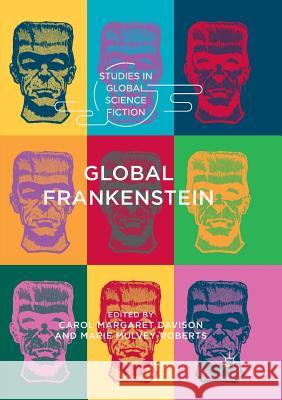Global Frankenstein » książka
topmenu
Global Frankenstein
ISBN-13: 9783030086237 / Angielski / Miękka / 2018 / 344 str.
Kategorie:
Kategorie BISAC:
Wydawca:
Palgrave MacMillan
Seria wydawnicza:
Język:
Angielski
ISBN-13:
9783030086237
Rok wydania:
2018
Wydanie:
Softcover Repri
Numer serii:
000797314
Ilość stron:
344
Waga:
0.44 kg
Wymiary:
21.01 x 14.81 x 1.96
Oprawa:
Miękka
Wolumenów:
01
Dodatkowe informacje:
Wydanie ilustrowane











